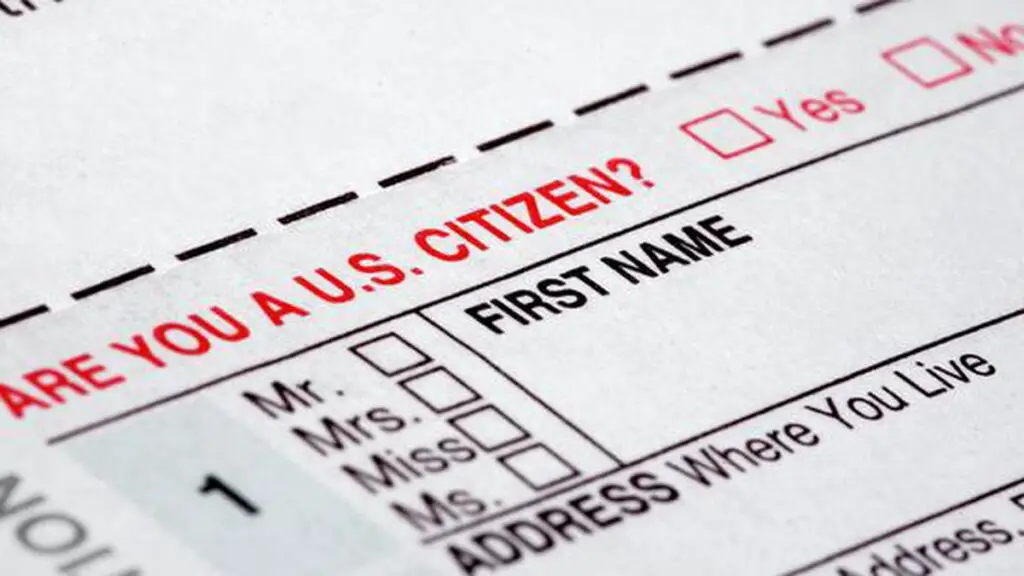According to the latest Congressional report, a substantial number of 65,960 Indians have officially become U.S. citizens, positioning India as the second-largest source country for new citizens in the United States, after Mexico.
Significant Increase in Naturalised Citizens
Statistics from the American Community Survey data by the U.S. Census Bureau indicate that in 2022, approximately 46 million foreign-born individuals resided in the U.S., constituting about 14% of the total population of 333 million. Among them, 24.5 million, representing 53%, reported their status as naturalised citizens.
U.S. Naturalisation Policy Trends
The independent Congressional Research Service’s “U.S. Naturalisation Policy” report of April 15, disclosed that in the fiscal year 2022, a total of 969,380 individuals were naturalised as U.S. citizens. Mexico had the highest number of naturalisations, followed by individuals from India, the Philippines, Cuba, and the Dominican Republic.
Leading Countries for Naturalisation
Recent data indicates that in 2022, Mexico led with 128,878 naturalisations, followed closely by Indians (65,960), the Philippines (53,413), Cuba (46,913), the Dominican Republic (34,525), Vietnam (33,246), and China (27,038).
Foreign-Born American Nationals Statistics
As of 2023, there were 2,831,330 foreign-born American nationals originating from India, making it the second largest group after Mexico. China followed with 2,225,447 foreign-born American nationals. However, the report highlighted that 42% of India-born foreign nationals in the U.S. are currently ineligible for citizenship.
Eligibility and Challenges
As of 2023, around 290,000 India-born foreign nationals holding Green Cards or Legal Permanent Residency (LPR) are potentially eligible for naturalisation. Concerns have been raised about the processing backlogs for naturalisation applications by the U.S. Citizenship and Immigration Services (USCIS).
Application Processing Trends
Despite a backlog in naturalisation applications, the agency significantly reduced the number of pending applications since FY2020. By the end of FY2023, USCIS had 408,000 pending naturalisation applications, a decrease from previous years.
Eligibility Requirements for Naturalisation
To qualify for naturalisation, applicants must meet specific criteria outlined in the Immigration and Nationality Act (INA), including being a lawful permanent resident (LPR) for at least five years.
Variations in Naturalisation Rates
Statistics show that the percentage of foreign-born individuals who naturalise varies based on their country of origin. Immigrants from countries like Honduras, Guatemala, Venezuela, Mexico, El Salvador, and Brazil have lower rates of naturalisation, while those from Vietnam, the Philippines, Russia, Jamaica, and Pakistan exhibit higher rates.
For more information on the naturalisation process and eligibility requirements, you can visit the official U.S. Citizenship and Immigration Services website.
Stay informed on immigration trends and citizenship updates by following the latest reports from the Congressional Research Service.

